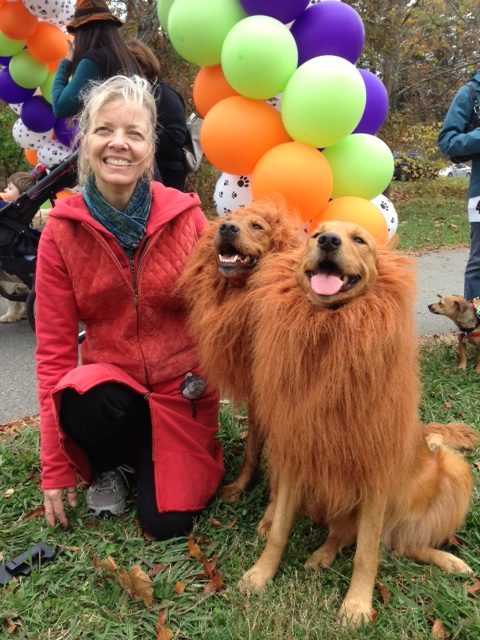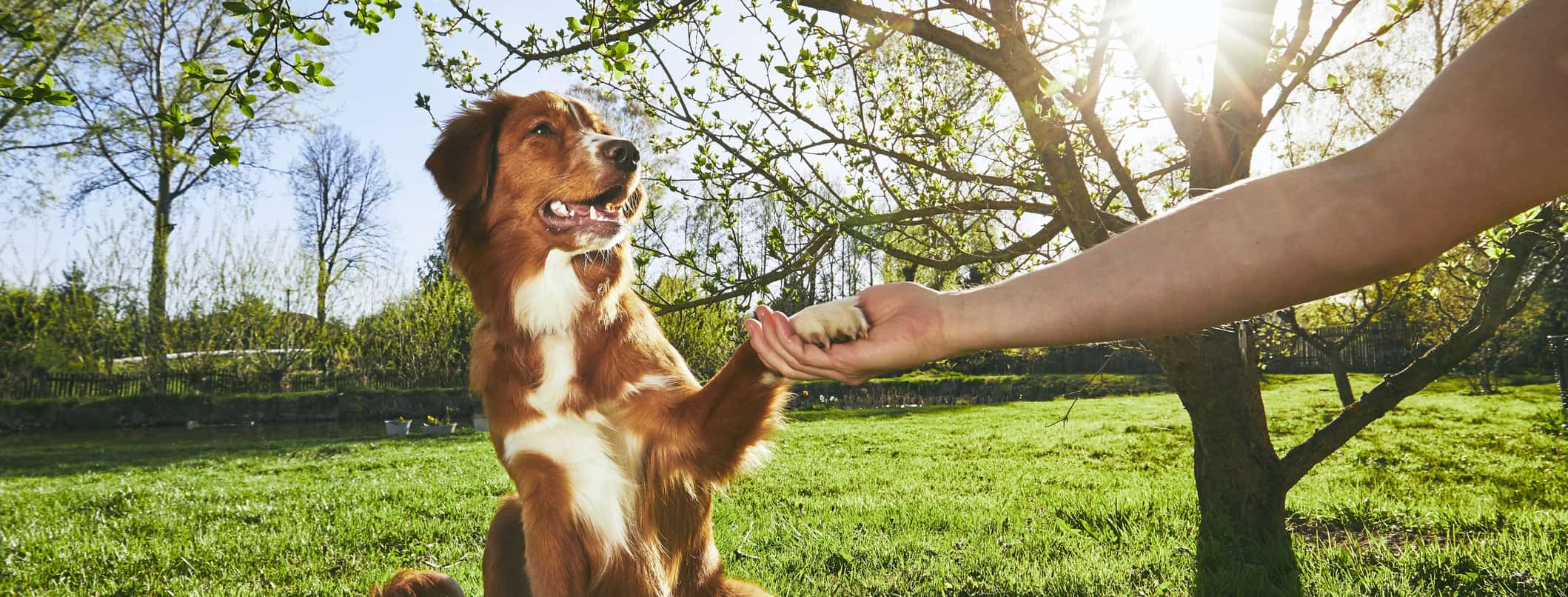Understanding Canine Body Movement During Dog Training
Understanding Canine Body Movement During Dog Training
Blog Article
Important Tips for Successful Dog Training: An Overview for Animal Owners
Efficient canine training is a complex procedure that requires a strategic technique tailored to both the pet dog's character and the owner's purposes. Understanding just how to browse these obstacles can dramatically improve the training experience, ultimately changing the connection between proprietor and pet dog.
Comprehending Canine Habits
Understanding dog behavior is important for efficient training and promoting a harmonious relationship between pooches and their proprietors. Pets communicate mostly through body language, articulations, and actions, making it vital for owners to translate these signals properly. Recognizing a pet dog's posture, tail setting, and ear alignment can offer understandings into its psychological state. A wagging tail does not always suggest joy; it can additionally signal exhilaration or anxiousness.

Socialization plays a significant role in dog behavior; direct exposure to numerous atmospheres, people, and other pets can dramatically influence a pet dog's character. Moreover, elements such as breed features and specific character ought to guide training approaches, as some types may have specific behavior qualities that require tailored approaches. By recognizing these aspects, owners can develop a supportive setting that motivates favorable habits, leading to effective training outcomes and a much deeper bond with their pets.
Developing Consistent Commands
Efficient communication with your pet dog starts with establishing regular commands. This foundational aspect of training is important for cultivating understanding between you and your pet dog. Consistency in the commands you make use of guarantees that your pet can reliably connect specific words or phrases with the wanted behaviors.
When choosing commands, pick clear, distinct words that are simple to say and separate from one an additional. Stay clear of making use of similar-sounding commands that might confuse your pet dog. Making use of "rest" and "remain" is appropriate, however "rest" and "struck" can lead to misconceptions.
Additionally, preserve the exact same tone and quantity for each and every command. Dogs are sensitive to vocal hints, so differing your tone can create confusion.
It is just as vital to ensure that all member of the family get on the same web page relating to the commands made use of. A united front in command use will prevent combined signals and reinforce the learning procedure.
Positive Reinforcement Strategies
The power of positive support in pet dog training depends on its ability to urge wanted habits through incentives and appreciation. This technique is based in the principle that actions complied with by beneficial end results are most likely to be duplicated. By integrating positive reinforcement into your training routine, you can efficiently shape your pet's habits in a constructive fashion.
To carry out positive reinforcement, it's important to recognize what motivates your pet, whether it be treats, playthings, or spoken praise. When your pet carries out a wanted action, such as resting on command, right away compensate them with a treat or love. This organization between the command and the positive end result strengthens their understanding.
It's vital to timing the rewards properly; supplying the reinforcement within seconds of the wanted behavior assists your pet make the connection (dog training). Furthermore, uniformity is essential-- make sure that all family participants make use of the same commands and incentive systems to avoid confusion

Progressively, you can minimize the frequency of deals with as your pet learns the behavior, transitioning to applaud or recurring incentives. This method not only promotes a strong bond in between you and your pet yet also promotes a positive knowing atmosphere, making educating a delightful experience for both.
Socialization and Interaction
Consistently exposing your canine to a range of atmospheres, individuals, and various other pets is critical for their social growth. Socializing should begin early, ideally during the crucial window of 3 to 14 weeks, when puppies are most receptive to new experiences. However, older dogs can likewise benefit from continuous socializing efforts.
Present your pet dog to different settings, such as parks, pet-friendly stores, and city locations. This direct exposure assists them adapt to various stimulations, lowering anxiousness and concern actions. Motivate positive communications with various other canines and people, ensuring that these experiences are controlled and secure to cultivate confidence.
Use structured playdates with courteous dogs, as this can improve your dog's social abilities and show them proper behavior. Obedience classes and training sessions also provide superb chances for socializing, enabling your pet to communicate with others in a monitored atmosphere.
Display your canine's body movement during interactions, as this will certainly help you evaluate their convenience level. Slowly raise exposure to even more tough situations while making certain that each experience is positive. A well-socialized pet dog is most likely to show balanced behavior, read the full info here making them a happiness to have in any setup.
Resolving Common Training Difficulties
Every dog owner will certainly run into training challenges at some time, despite their dog's age or socializing degree. Identifying typical issues such as stubbornness, distractions, and terror can assist in developing efficient approaches for renovation.

Interruptions throughout training sessions can thwart focus. To fight this, start training in a quiet environment with minimal stimuli. Gradually introduce distractions as the dog becomes extra proficient in commands. Short, regular training sessions are also efficient in keeping interest.
Terror can impede a canine's knowing process. Steady desensitization to the resource of worry, paired with favorable support, can assist minimize anxiety. Patience is critical; never ever force a dog right into a circumstance that causes distress, as this might worsen the problem.
Ultimately, understanding and resolving these typical challenges with an organized method will promote a more effective training experience, enhancing the bond between dog and proprietor while advertising efficient learning.
Verdict
In summary, effective canine training relies upon a thorough understanding of canine habits, the establishment of regular commands, and the application of favorable reinforcement strategies. Socialization plays an essential function in developing well-adjusted family pets, while addressing typical training obstacles requires perseverance and adaptability. By carrying out these essential methods, pet owners can promote a solid bond with their canines and advertise preferable behaviors, eventually bring about a harmonious connection in between human beings and their canine companions.
Comprehending pet behavior is vital for reliable training Check Out Your URL and cultivating a harmonious connection in between pooches and their owners.Socialization plays a considerable function in dog habits; direct exposure to various environments, individuals, and other animals can dramatically affect a canine's character.The power of favorable support in pet training exists in its capacity to urge preferred actions through rewards and appreciation. By integrating positive support right into your training regimen, you can properly shape your canine's actions in view it now a positive manner.
In recap, successful canine training depends on a detailed understanding of canine habits, the facility of constant commands, and the application of positive reinforcement techniques.
Report this page